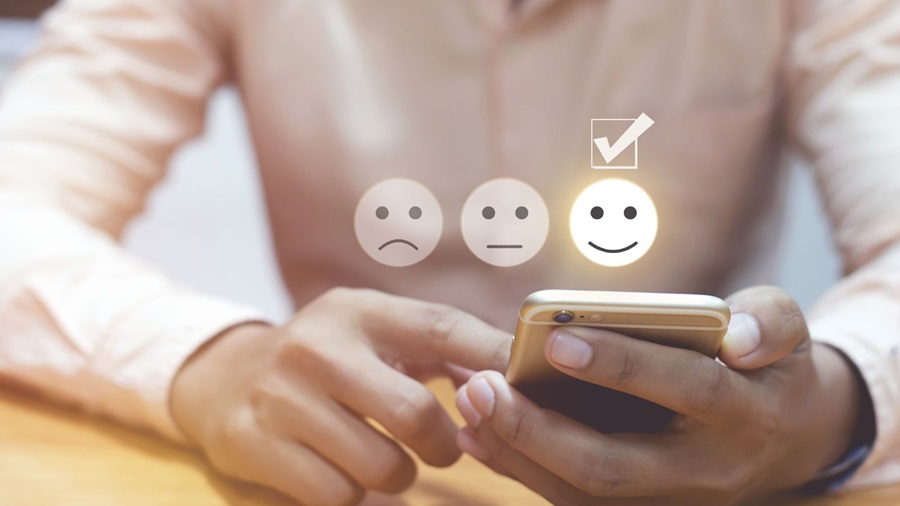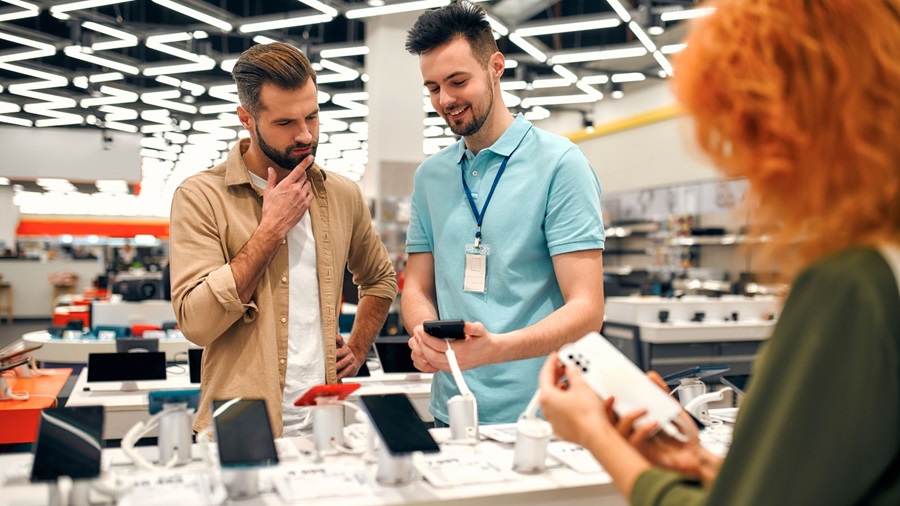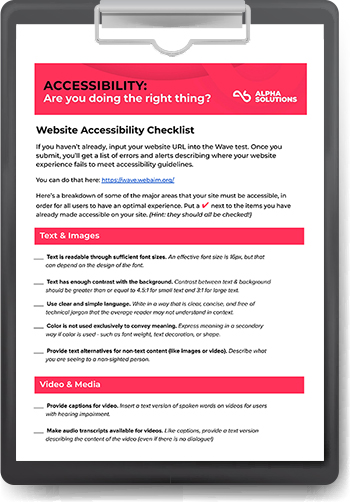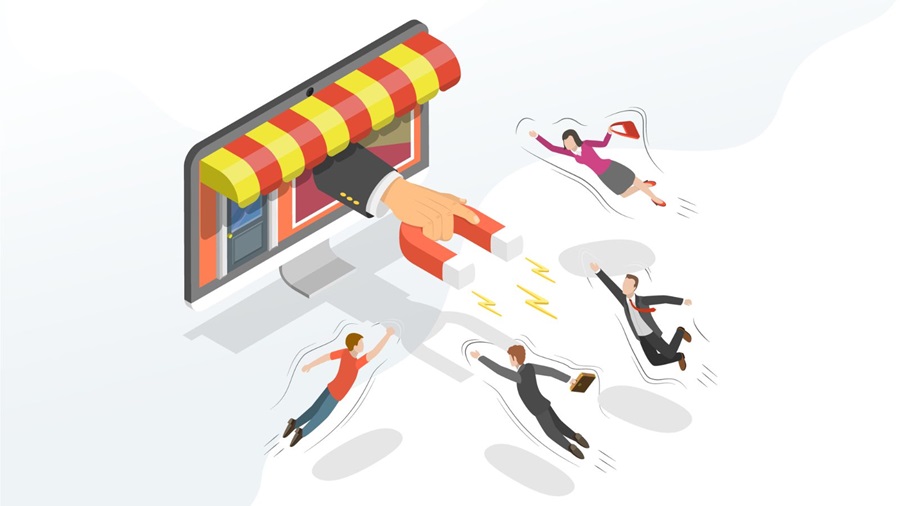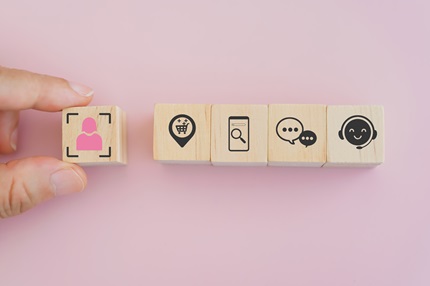Customer loyalty programs have been around for decades, but they’ve become increasingly important in today's ultra-competitive business environment.
With more and more companies vying for customers' fleeting attention, loyalty programs have become a crucial tool for businesses of all sizes to keep customers coming back for more.
In this article, we delve into the world of customer loyalty programs, exploring…
-
what they are,
-
how they work,
-
and why they are essential for long-term business success.
You’ll get a roadmap to help you introduce and implement a successful customer loyalty program strategy in your business. We’ll also give you some creative customer loyalty program ideas and real-world customer loyalty program examples for inspiration.
First, let’s start with the basics.
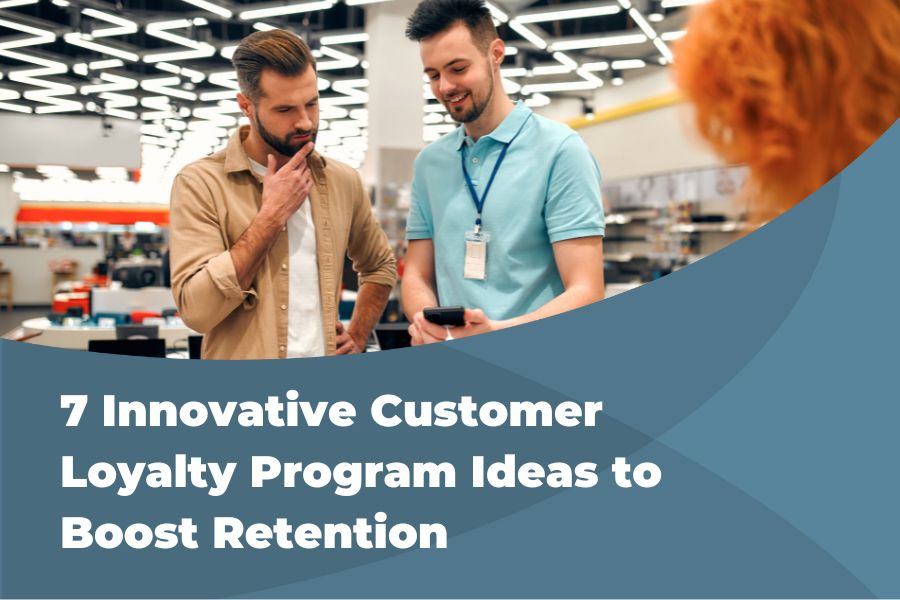
What is a Customer Loyalty Program?
A customer loyalty program is a marketing strategy that rewards customers for their repeat business.
By offering exclusive discounts, rewards, or other incentives, businesses use these programs to enhance customer experience and encourage those customers to continue purchasing from them.
While the specifics of a loyalty program vary depending on the company, the basic idea is the same:
Customers sign up for the program and earn points or rewards for their purchases.
These rewards can then be redeemed for exclusive discounts, free products, or other perks that would encourage future purchases.
Understanding the Importance of a Customer Loyalty Program
Before we go into the 'how' of customer loyalty programs, it's essential to understand the 'why.'
A customer loyalty program isn't just about offering discounts or freebies. It's about building lasting customer relationships, making them feel valued, and ensuring they choose your brand over competitors.
With a well-structured customer loyalty program, you not only increase repeat purchases but also convert your regular customers into enthusiastic brand ambassadors.
This, in turn, can lead to more customers and increased revenue over time.
Let’s take a look at some of the earliest examples of customer loyalty programs that helped pave the way for the rest of us.
The 70s and 80s were pivotal decades for American businesses, with many venturing into the realm of customer loyalty programs to retain market share.
These initiatives seem rudimentary, but they were precursors to the myriad of sophisticated customer loyalty programs we see today.
Here are some of the most popular “analog” loyalty programs from the past:
✈️ Frequent Flier Programs
American Airlines' AAdvantage launched in 1981, becoming what was arguably the first major frequent flyer program. Members earned miles based on the distance flown, which could later be redeemed for free flights.
United's Mileage Plus took off in 1982, shortly after American's program. Like AAdvantage, passengers earned miles which could be exchanged for various rewards.
💳 Credit Card Rewards
The idea of credit card rewards started to take shape in the 80s. Card companies like American Express offered a range of benefits, including travel insurance and all kinds of discounts, which were early forms of loyalty perks.
🛍️ Retailer Charge Cards
Department giants like Macy's and Sears all had their own credit cards that often came with special offers or discounts, incentivizing shoppers to make repeat purchases and remain loyal to the brand.
⛽ Gas Station Loyalty Programs
Gas stations started offering loyalty stamps or cards, which could be collected and redeemed for various goods or discounts on gasoline.
🍟 Fast Food Promotions
Chains like McDonald's began running promotional events where customers could collect game pieces or stickers with purchases, later redeeming them for prizes or food items.
🥣 Cereal Box Promotions
The 70s and 80s saw cereal companies offering toys, stickers, and mail-in rebates inside or on the boxes, ensuring kids and parents alike would remain loyal to specific brands.
🥪 Stamp Cards
Before digital loyalty cards and apps, Subway had a simple paper card where you'd get a stamp for every six-inch sandwich purchased (two stamps for a footlong). Collect enough stamps, and you'd get a free sub.
📼 Video Rental Stores
As video rental stores like Blockbuster started emerging in the 80s, some began offering loyalty incentives, such as rent X number of movies, get one free.
🥫 Grocery Store Loyalty Cards
Chains like Kroger and Safeway introduced loyalty cards that gave customers access to special prices not available to lowly non-cardholders. This was the beginning of today’s ubiquitous grocery loyalty programs.
🦒 Birthday Clubs
More of a customer engagement tool than a modern loyalty program, Toys "R" Us Geoffrey's Birthday Club allowed kids to receive a birthday card, a call from Geoffrey (the giraffe mascot), and a special in-store celebration.
🥤 Sweepstakes and Prize Rewards
Although it began in the early 2000s, the foundation of Coca-Cola’s My Coke Rewards was laid in the 90s. Consumers would collect codes from bottle caps and can boxes, then they would enter them online to redeem rewards or enter sweepstakes.
What Today's Consumer Wants in a Loyalty Program
Today's consumers are savvy and discerning, and they expect more from loyalty programs than ever before.
Here are seven things that modern consumers want in a loyalty program:
1. Personalization in Marketing
In this age of big data and AI, generic offers don't cut it anymore. Today's consumers appreciate when brands offer tailored rewards or recommendations. In fact, they are demanding personalized marketing.
According to a McKinsey report, 71% of consumers expect companies to deliver personalized interactions. And 76% percent get frustrated when this doesn’t happen.
2. Seamless Digital Integration
Whether it's through a mobile app or a website, a smooth digital experience is a must for modern shoppers. Easy access to points balance, reward redemption, and personalized offers right at one's fingertips is what today's consumers expect.
3. Instant Gratification
Delayed rewards are a real buzzkill. Quick points accrual and instant rewards or discounts make modern consumers feel immediately valued. That instant gratification will make customers remember you when it’s time to buy again.
4. Flexibility in Redemption
Having a variety of options for points redemption, be it free products, experiences, or even charity donations, gives the consumer a sense of control and satisfaction.
5. Tiered Rewards
A structured loyalty program where consumers can "level up" based on their interactions with the brand can create an engaging and gamified experience. The promise of better rewards at higher tiers can incentivize continued brand interaction.
6. Exclusive Experiences
Beyond discounts and freebies, exclusive experiences or early access to sales/products can make customer loyalty program members feel truly special and valued.
7. Transparency and Simplicity
A clear and straightforward points system, without hidden terms, makes it easy for today’s stressed and overwhelmed consumers to understand and engage with the loyalty program.
What Today's Consumer Does NOT Want in a Loyalty Program
On the flip side, there are things consumers don’t want in a loyalty program.
Here are seven of the biggest turn-offs for modern consumers when it comes to loyalty programs:
❌ Overwhelming Communications
While staying in touch is essential, bombarding consumers with daily emails or notifications can lead to annoyance and disengagement, which is the opposite of what you’re looking for.
❌ Complicated Terms and Conditions
Hidden clauses, blackout dates, or convoluted terms for points redemption can frustrate consumers and break trust. Who has time to read the fine print these days?
❌ Expiry of Points
What feels worse than having a great accumulation of points only to find out that they've expired? Short expiration periods can be a real deterrent to customer loyalty program engagement.
❌ Limited Utility
If points can only be used in certain locations, during specific times, or on a small selection of products, it diminishes their perceived value.
❌ Lack of Value
If consumers feel they have to spend too much to earn minimal rewards, they will question the loyalty program's value proposition.
❌ Data Privacy Concerns
Lack of clarity on data usage or weak data protection measures can be deal-breakers for today’s security-minded online shoppers.
❌ Inconsistent Experiences Across Channels
If a consumer earns points online but can't redeem them in-store (or vice-versa), it creates a disjointed and frustrating experience. Make sure your program can work in-store and online.
|
How accessible is your website? Get our free accessibility checklist to guide your efforts for getting compliant and doing the right thing. Plus, receive real feedback from us to help you on your next steps. |
Examples of Today’s Best Customer Loyalty Programs
While every business is different, there are many successful customer loyalty program examples to draw inspiration from.
☕ Starbucks Rewards. Starbucks' loyalty program offers coffee-loving customers the chance to earn points (perks) for their purchases, which can be redeemed for free drinks and food. The program also offers personalized offers and early access to new products.
💄 Sephora Beauty Insider. Sephora's customer loyalty program offers exclusive discounts, free products, and early access to sales. The program also offers personalized recommendations and experiences.
⭐ Amazon Prime. While not strictly a customer loyalty program, Amazon Prime's subscription service offers free two-day shipping, access to exclusive discounts, and other perks that encourage repeat business.
🎯 Target Circle. Target's customer loyalty program offers members exclusive discounts and personalized recommendations. The program also allows customers to vote on where Target donates money to charity.
💊 CVS ExtraCare. CVS's loyalty program offers customers exclusive discounts and personalized offers. The program also offers rewards for healthy behavior, such as filling prescriptions or getting flu shots.
🏪 Costco Membership. While Costco doesn't have a traditional point-based loyalty program, its entire business model is built around a membership system, which inherently promotes loyalty among its customers. To shop at Costco, you need a membership. Members are more likely to shop at Costco to "make the most" of their membership fee.
Not all modern customer loyalty programs hit the mark. Some have faced significant challenges or outright failures.
Here are some examples of customer loyalty programs that didn't succeed as intended:
🤑 Plenti. Launched in 2015 by American Express, Plenti was a multi-retailer loyalty program in the U.S. where users could earn points at one retailer and use them at another.
Despite having big names like Rite Aid, AT&T, and Exxon on board, the program faced challenges. Retailer participation dwindled over time, and consumers found the program confusing and less rewarding. Plenti was discontinued in 2018.
💻 Best Buy's Reward Zone. Best Buy's original Reward Zone program offered points for purchases that could later be redeemed for store credit.
However, the initial version of the program had a yearly fee, which didn't sit well with many consumers, especially given that many other retailers offered free loyalty programs. Best Buy eventually recognized this misstep, making the program free and then transitioning to the "My Best Buy" program.
💵 Starbucks Gold Card (initial version). In 2008, Starbucks introduced the Gold Card, which came with a $25 annual fee.
While members enjoyed “perks” like free Wi-Fi and discounts, many consumers balked at the idea of paying a fee, especially during an economic downturn. Starbucks soon revamped its loyalty strategy, ditching the fee and introducing the now hugely successful Starbucks Rewards program.
⛔ J.C. Penney's No Discounts Strategy. While not a traditional loyalty program, it's worth noting the significant shift in J.C. Penney's pricing strategy in 2011 under CEO Ron Johnson.
The company aimed to simplify pricing by eliminating sales, discounts, and most coupons, opting for "Every Day" low prices instead. Loyal customers who loved hunting for deals felt alienated, leading to a steep decline in sales. The strategy was quickly reversed.
How To Create A Customer Loyalty Program
Now that we've explored what modern consumers want and don't want in a loyalty program, let's talk about how to implement a successful customer loyalty program strategy for your unique business.
1. Understand Your Customers
Before you can create a successful loyalty program, you need to understand your customers' needs and preferences. Conduct market research and gather data on your customers' behavior to inform your program's structure.
2. Set Clear Goals
What do you hope to achieve with your loyalty program? Increased revenue? Increased customer retention? Increased brand awareness? Setting clear goals will help you design a program that meets your business's specific needs.
3. Offer Personalization
As we've discussed, personalization is key to a successful loyalty program. Offer tailored rewards and recommendations based on your customers' behavior and preferences.
4. Keep it Simple
A complicated loyalty program can be a turn-off for consumers. Keep your program simple and easy to understand, with clear terms and conditions.
5. Communicate Effectively
Keep your customers informed about their rewards and how to redeem them. Avoid bombarding them with too many emails or notifications, but ensure they are aware of their rewards and how to use them.
6. Measure Your Success
Use data analytics to measure the success of your loyalty program. Are customers engaging with your program? Are they redeeming their rewards?
Use this data to refine and improve your program over time. In conclusion, customer loyalty programs are an essential tool for businesses looking to build lasting relationships with their customers.
Innovative Customer Loyalty Program Ideas To Consider
🤝 Collaborate with Non-Competing Brands. Partner with a brand that complements yours to offer combined rewards.
For example, a coffee shop might team up with a local bookstore.
💞 Exclusive Events for Members: Host events or workshops that are exclusive to loyalty program members.
For instance, if you’re a local bookstore, host writing workshops or book signings for members only.
🎂 Birthday and Anniversary Bonuses. Celebrate personal milestones with your customers by offering them special rewards.
You might try sending a discount code to your customers on their birthday or pop a small gift in the mail!
🗞️ Engage Through Content: Offer members exclusive content, such as webinars, articles, or videos, that adds value beyond just purchases.
If you’re a thought leader or subject matter expert, consider hosting an exclusive, members-only podcast.
By understanding what modern consumers want and need in a loyalty program, businesses can create a personalized and engaging experience that keeps customers coming back for more.
With the right strategy and a great implementation partner, a successful loyalty program can lead to increased revenue, increased customer retention, and increased brand awareness.
The Alpha Solutions team would be happy to help your company develop and implement a strategic customer loyalty program that will lead to your long-term success.
Click here to get in touch with us.



